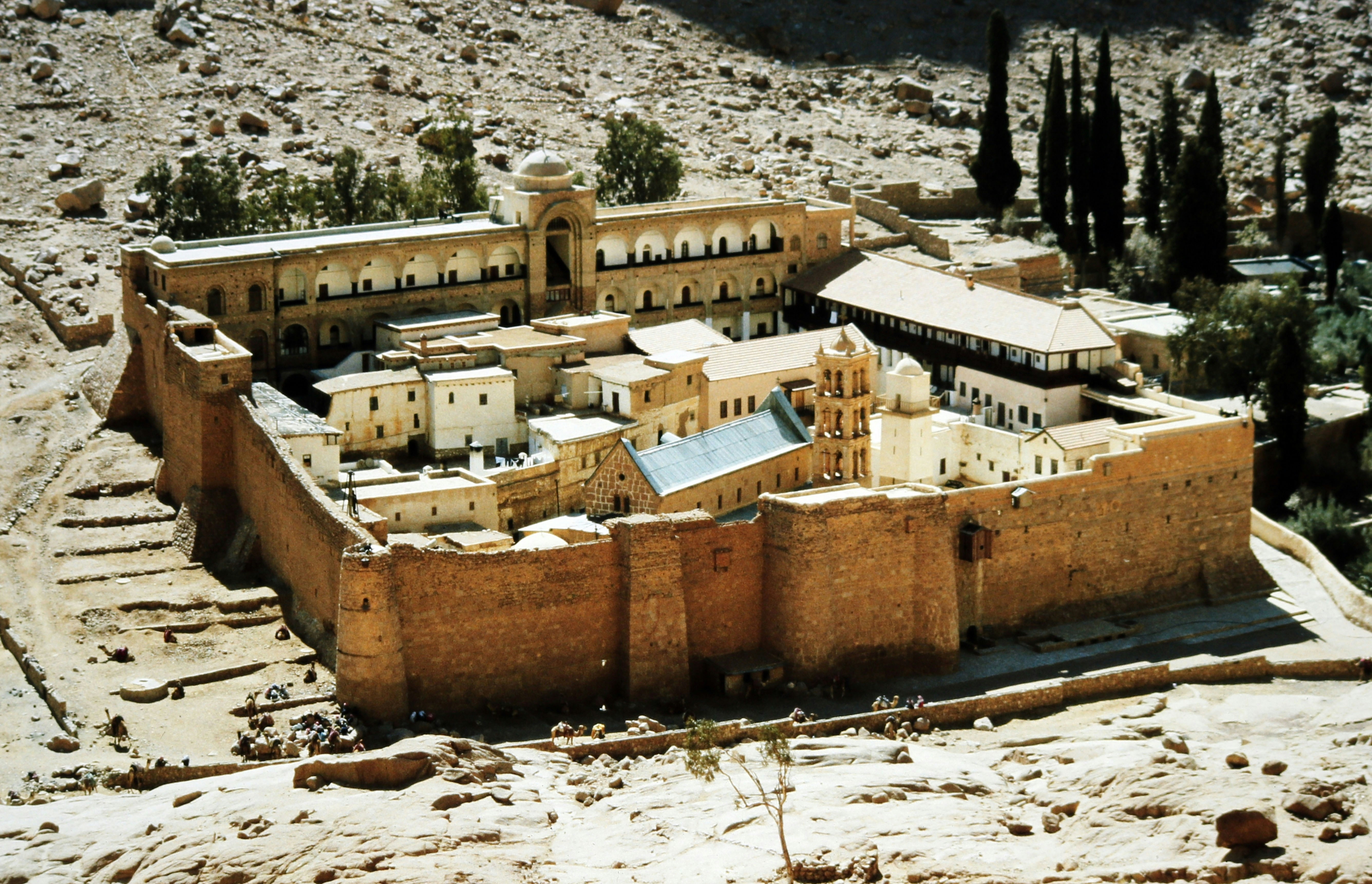While Latin America today is an area of relative religious homogeneity with roughly 90% of the population identifying as Christian, there is still much diversity within Christianity, and non-Christian groups are steadily growing larger. This week, Cornerstone contributors comment on the following question: what kinds of challenges do Latin American countries face when it comes to religious freedom?
By: Anthony Gill
It is widely assumed that religious freedom benefits minority faiths. Without legal protections, dominant confessions historically have used the power of government to restrict the activities of upstart sects and missionaries. But can religious liberty be beneficial to the majority religious group? Latin America offers a clear-cut answer to this question: Religious freedom emphatically benefits all religions, minority and majority alike.
For the bulk of Latin America’s colonial period, the Roman Catholic Church existed in a protected status, subsidized by the Iberian crowns and shielded from Protestants who were eating away at Catholic hegemony in Europe. This appeared to be an ideal situation for the Vatican given that after a few decades of evangelizing the native population they could claim roughly 100 percent adherence to their faith.
Underneath that protected monopoly status, though, was a story of a population that had only superficial contact with Catholic teachings. Clergy were few and far between and many rural villages would only see a priest once a year when they made visits to outlying areas. Sustaining a population’s fidelity to one’s creed is difficult when there is no incentive to provide ongoing evangelization efforts. With Catholicism being the only faith allowed, it was easy to assume everyone was Catholic.
By the early twentieth century, shifting political fortunes of the Church and a desire to attract trade relations with Protestant Europe and the United States meant opening the religious marketplace to competitors in a number of countries, primarily Brazil and Chile. Although Protestants were initially reluctant to see this territory as a mission field (focusing on non-Christian portions of the world first), turbulence in Asia redirected their attention to less volatile regions including Latin America, with countries offering the greatest religious freedom being primary targets. What these missionaries found, particularly in poor rural regions, was a thirst for religion that had not been satiated by an absent Catholic Church. Protestantism grew rapidly.
As I document in Rendering unto Caesar and The Political Origins of Religious Liberty, Catholics initially responded by trying to restrict the rights of Protestants to organize. However, with Protestants relying increasingly on indigenous clergy, and governments unwilling to police religious individuals who were causing little harm (and actually providing many benefits) to society, Catholic bishops realized that they needed to try a different approach. The beatified priest and national hero Padre Alberto Hurtado made a strong case for Catholics to acknowledge their previous failings to connect with the population in his book ¿Es Chile un país católico? published in 1941. To ask whether Chile was actually Catholic was scandalous at the time. However, an essential thesis of Hurtado’s book was that the success of Protestants in the country was the result of centuries of neglect by a monopoly church that took the population’s fidelity for granted. Hurtado advocated for more priests to be engaged amongst the poor where Protestants were making the greatest inroads.
Similarly, in other parts of Latin America where Protestant competition was alerting Catholic clergy to their prior neglect, the Church began to imitate many of the proselytizing strategies of Protestants, including passing out Bibles, promoting literacy campaigns (to read the Bible), and other community service projects. The famedcomunidades eclesiales de base (Christian base communities) that began popping up in Brazil and Chile in the late 1950s and ‘60s were, in essence, reproductions of successful Protestant missions, something that was acknowledged by Guillermo Cook in his study of the Protestant influence on Catholic progressivism and published by the Maryknoll press Orbis! While many of these base communities eventually took on a political flavor under authoritarian regimes, the most successful ones maintained a focus on reinvigorating Catholics in their traditional faith.
Beginning with the 1968 regional bishops’ conference in Medellin, and continuing throughout the 1979 Puebla and 1992 Santo Domingo conferences, the topic of a “re-evangelization of Latin America” dominated the agenda of Catholic leaders, with the 1992 conference taking that theme as an explicit title. My own research, supported by scholars such as Guillermo Trejo and Andrew Chesnut, further documents the influence that Protestant competition had in provoking institutional changes that led the Catholic Church to become a stronger entity in the region. This competitive pressure would not have been possible without religious liberty guaranteeing the rights of alternative faiths to organize and proselytize. Today, more Catholics are actively involved in their faith than at any time over the past several centuries, as noted by Rod Stark and Buster Smith.
Simply stated, religious liberty allows for spiritual competition amongst different groups. While such competition can be seen as zero-sum wherein the gain of an adherent to one group means the loss of a believer to another, in reality the religious market is never fully satiated and competition generates positive-sum results. First, such competition incentivizes a religious organization to work harder to retain members. Second, and perhaps more importantly, clergy can learn new and innovative methods of evangelization from their competitors that allow them to be of greater service to their own constituents. While some people may fall away to “false faiths,” a common fear of clerics, the incentive to be continually vigilant means being persistently attentive to the spiritual needs of one’s own parishioners. None of this would be possible if competition were restricted; religious liberty is an essential ingredient of a vibrant religious environment.
This historical lesson is not one for Latin Americans only. In India, for example, where Hindus are worried about losing members to Christians and vice versa, religious freedom for both groups to compete peacefully for members will provide the proper incentives for clergy to find creative ways to continually engage their believers and win over new ones from people who may have only been nominally Hindu or Christian. Russian Orthodox and Swedish Reformed churches could learn from this as well. Membership losses will occur in the short-term, but the long-term benefits of a more deeply ingrained spirituality are what Latin America teaches us.
Anthony (Tony) Gill is a professor of political science and adjunct professor of sociology at the University of Washington, a distinguished senior fellow at Baylor University’s Institute for Studies of Religion, and an associate scholar with the
Berkley Center’s Religious Freedom Project.
This piece was originally authored on June 4, 2015 for the Religious Freedom Project at Georgetown’s Berkley Center for Religion, Peace, and World Affairs.
THE RFI BLOG

Is Egypt’s Government Trying To Take Over Christianity’s Most Important Monastery?

Does Southeast Asia Lead the World in Human Flourishing?

RFI Leads Training Session on Religious Freedom Law and Policy for U.S. Army War College

Oral Argument in Charter School Case Highlights Unconstitutional Motives Behind OK Attorney General’s Establishment Clause Claim

Largest Longitudinal Study of Human Flourishing Ever Shows Religion’s Importance
CORNERSTONE FORUM

Reaffirming Religious Freedom: Bridging U.S. Advocacy and Iraq’s Constitutional Framework

Political Polarization, Same-Sex Marriage and Religious Liberty

Bridging the Gap Between International Efforts and Local Realities: Advancing Religious Freedom in the MENA Region

Challenges to Religious Freedom in Iraq and the Critical Need for Action


